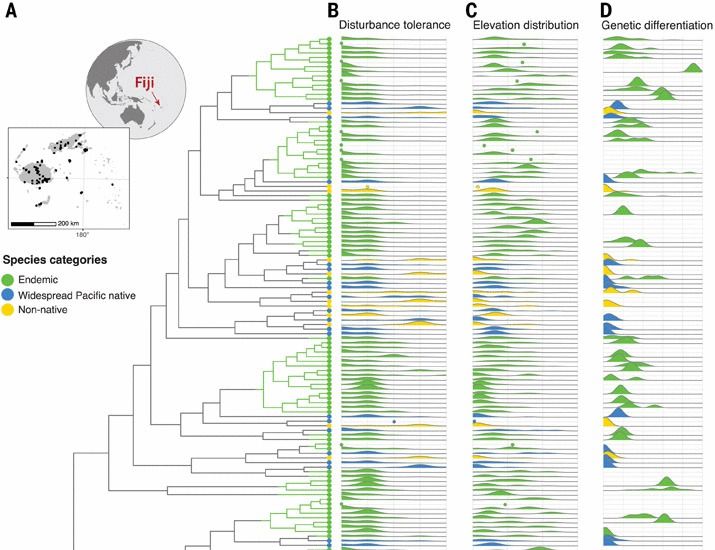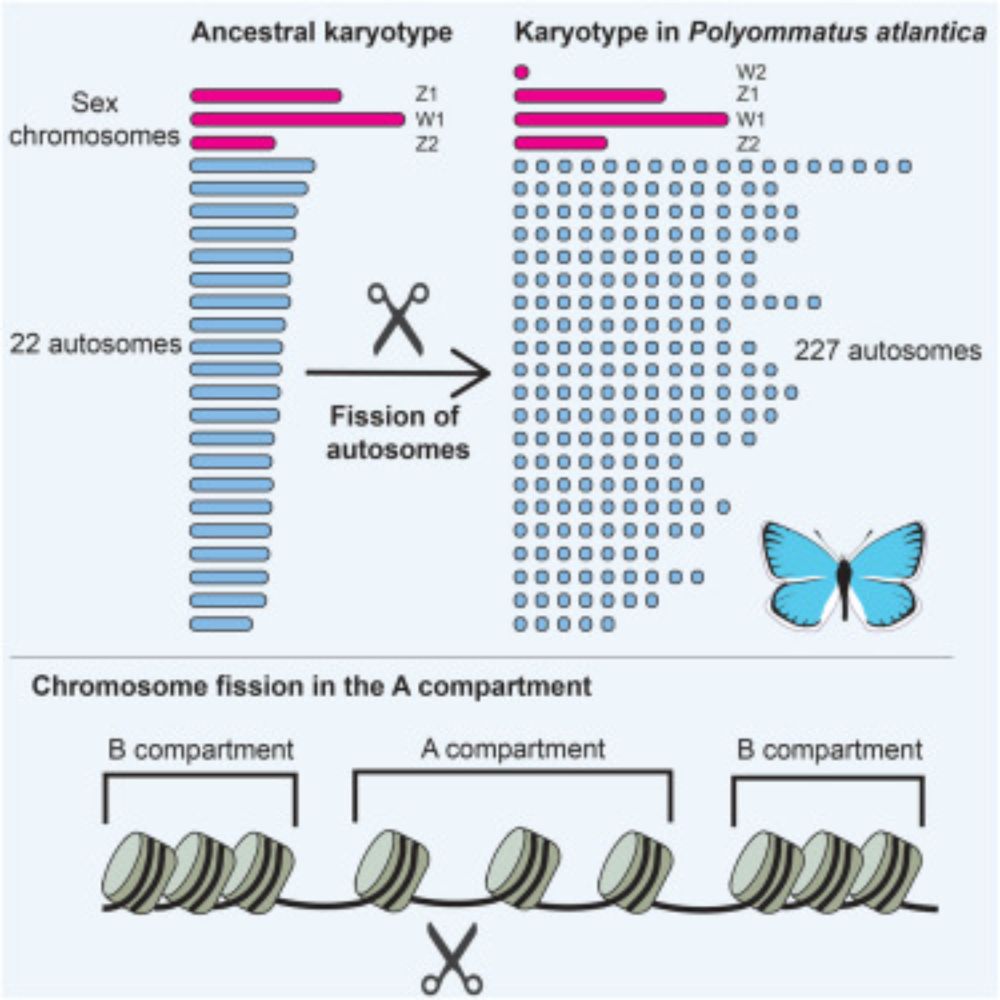
Evolutionary biologist at CNRS - ISEM - University of Montpellier - Phylogenomics - Mammals - Convergence - Microbiome

www.biorxiv.org/content/10.1...
Reposted by Frédéric Delsuc

Reposted by Frédéric Delsuc




Reposted by Frédéric Delsuc, Bertrand Servin

These two males belong to different species—but share the same mother. How? Why?
To celebrate the print release of our last paper in this week’s @nature.com (issue 8084), here’s a thread summarizing the results. Why? Let’s dive in🧵👇 www.nature.com/articles/s41...
Reposted by Frédéric Delsuc

We produced complete genomes for 2 Xenarthra and placed them in a mammalian comparative framework. We found that Xenarthra harbour the largest number of retrocopies in mammals! www.biorxiv.org/content/10.1...
Reposted by Richard McElreath, Frédéric Delsuc

Reposted by Frédéric Delsuc

academic.oup.com/gbe/article-...
Reposted by Frédéric Delsuc
Reposted by Frédéric Delsuc
Reposted by Frédéric Delsuc

Explications avec des GIF de fourmis ⬇️
Reposted by Frédéric Delsuc, Víctor Noguerales

Reposted by Frédéric Delsuc

www.youtube.com/watch?v=Z-O4...
Paper: www.nature.com/articles/s41...

), we find the opposite: animals exchange genes more, and for longer, than plants
Reposted by Carles Vilà, Frédéric Delsuc

In our paper out now in @currentbiology.bsky.social we show that the Atlas blue butterfly has 229 chromosome pairs- the highest in diploid Metazoa! These arose by rapid autosome fragmentation while sex chromosomes stayed intact.
www.cell.com/current-biol...

Pour soutenir la lutte dessinée, engagée et indépendante :
▶️ ko-fi.com/allanbarte
▶️ fr.tipeee.com/allan-barte
Reposted by Matthew J. Collins, Allan D. McDevitt, Frédéric Delsuc

Start: Feb 2026 (flexible)
Application deadline: 24 Oct 2025
For details click here: tinyurl.com/BioExtPhD
Reposts appreciated 😁
Reposted by Frédéric Delsuc
Reposted by Jason Stajich, Frédéric Delsuc
Reposted by Matthew J. Collins, Frédéric Delsuc

I also received an a NNF Emerging Investigator grant to use genomics + machine learning to study extinction.
👉 PhD & Postdoc positions coming soon — follow for updates!
Reposts appreciated 🙏
Reposted by Elena Litchman, John R. Hutchinson, Frédéric Delsuc

Learn more in this week's issue: https://scim.ag/46caVho
Reposted by Jonathan A. Eisen, Frédéric Delsuc

go.nature.com/4mOb5T9
Reposted by Frédéric Delsuc, Andrea Santangeli, Raquel Ponti
This ant can lay eggs of two different species, birthed by the same mother
Reposted by Frédéric Delsuc
Reposted by Frédéric Delsuc

Johnny Richards and team (@markella-morait.bsky.social + curators from 5 museums) survey >140 mammalian species with >1,600 specimens to understand what factors determine dental calculus formation. #aDNA #museomics
www.biorxiv.org/content/10.1...
Reposted by Frédéric Delsuc
apply.interfolio.com/171886

Reposted by Marc Strous, Zen Faulkes, Hisham Zerriffi , and 1 more Marc Strous, Zen Faulkes, Hisham Zerriffi, Frédéric Delsuc

Reposted by Frédéric Delsuc


At 3:30 I will talk about the genomic and developmental foundation of adaptive tooth shape evolution in bats Room S09 rm 118-119 #ESEB2025
Reposted by David Nogués‐Bravo, Frédéric Delsuc

www.nature.com/articles/s41...



